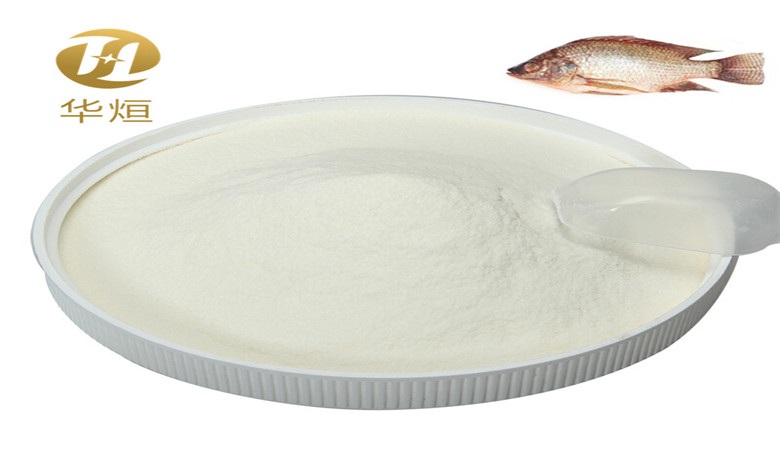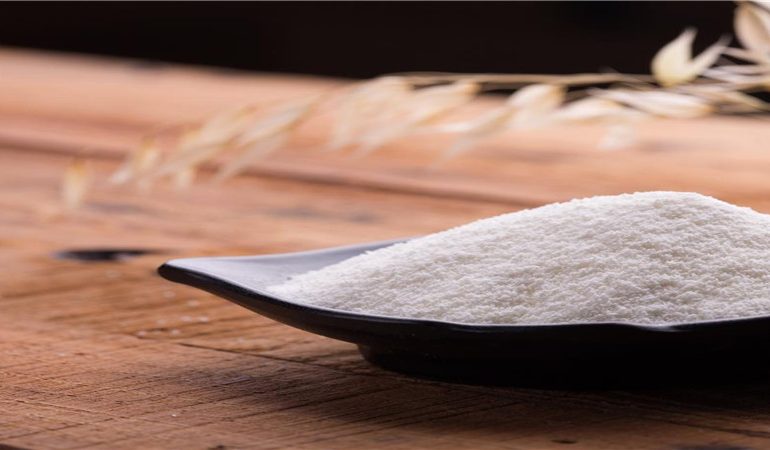The types of collagen
Collagen is an indispensable component of our body. But what are the types of collagen? What are its benefits for us? As collagen manufacturer, I will introduce it to you.

What is collagen?
Connective tissue is the basic tissue of the human body. This is where collagen mainly exists. Collagen is a fibrous protein with strong toughness. About one-third of the protein in the human body also belongs to collagen. Its main function is to connect different tissues in the human body. It is responsible for repair and regeneration. A commonly used metaphor is that collagen is like “cement” and “rebar” in modern architecture. It can effectively play a protective role and support different structural parts of the human body.
Types of Collagen
So far, people found 28 types of collagen, and the main 4 types are as follows:
1. Type I collagen is an essential component of different connective tissues in the human body. For example, teeth, skin, articular cartilage, bones, etc. It occupies 90% of the total collagen in the body.
2. Type II collagen is an important protein in human cartilage tissue. Its function is to maintain the smooth movement of joints and reduce the loss of joints caused by friction caused by physical activity.
3. Type III collagen is composed of reticular fibers. Responsible for supporting different organs and soft tissues such as the liver, lymphatic system, bone marrow, blood vessels, etc.
4. Type IV collagen exists in endothelial cells. It is the main substance formed in the basement membrane tissue. Play the role of supporting and filtering impurities in the skin and blood vessels.
Collagen sources: foods and supplements
Collagen can usually be found in natural foods. For example, common animal foods such as pigs, cows, and chickens contain a lot of collagen. Eating the skin, feet and feet of these animals, or boiling soup with the bones and muscles of these animals can help replenish collagen. In addition, fish-based collagen is more consistent with the human body. Therefore, eating fish, sashimi, and using fish bones in soup can also help replenish collagen. This is also the reason why food materials such as fish maw and shark fin are so expensive.
The hydrolyzable collagen in the above animal foods will be broken down into amino acids when digested by the human body. It is then combined into collagen. Although plants do not contain collagen, eating certain fruits and vegetables can still promote the body’s absorption and binding of collagen. For example, kiwi fruit and oranges are rich in vitamin C. Helps produce proline, collagen synthesis is need it. Lycopene contained in tomatoes and ellagic acid contained in plum fruits can prevent collagen from being decomposed by purple light. The vegetable oil extracted from avocado also helps stimulate the growth of collagen.
The collagen supplements that we often eat include bovine collagen, fish collagen, porcine collagen and so on. These are of great help to our body.


